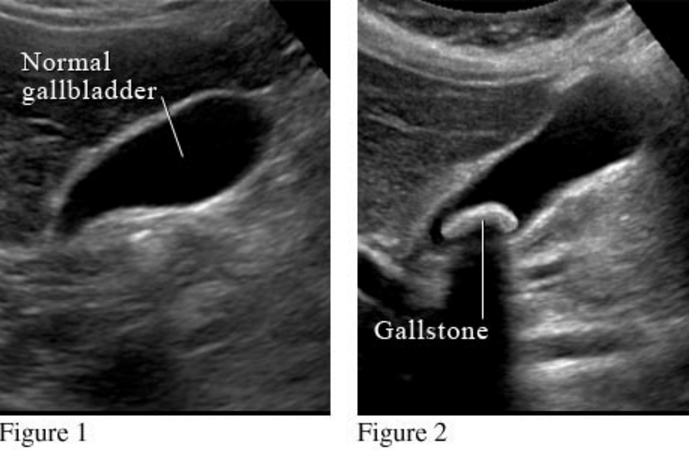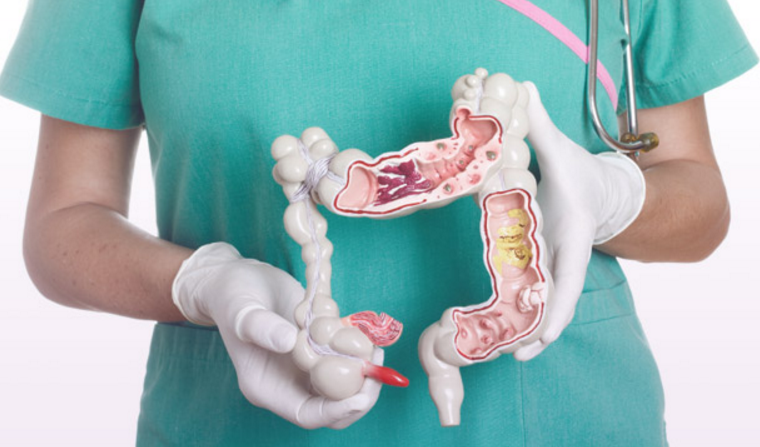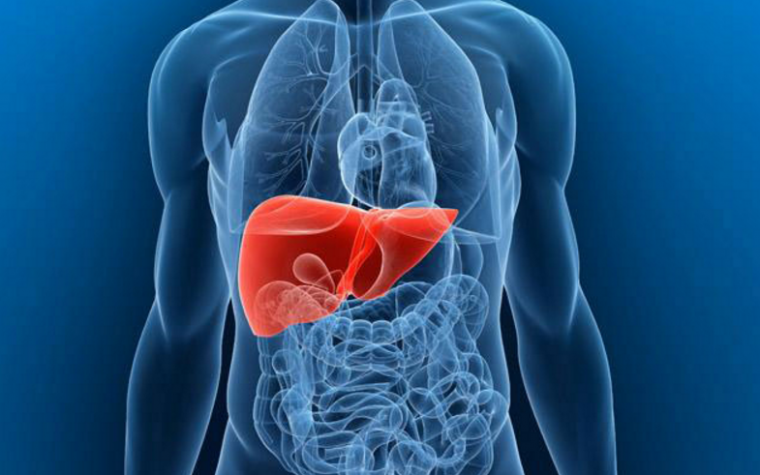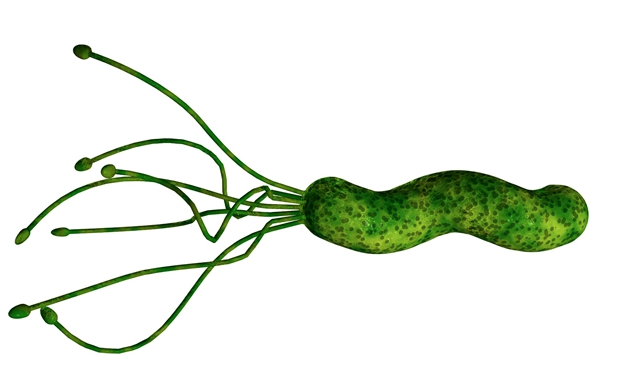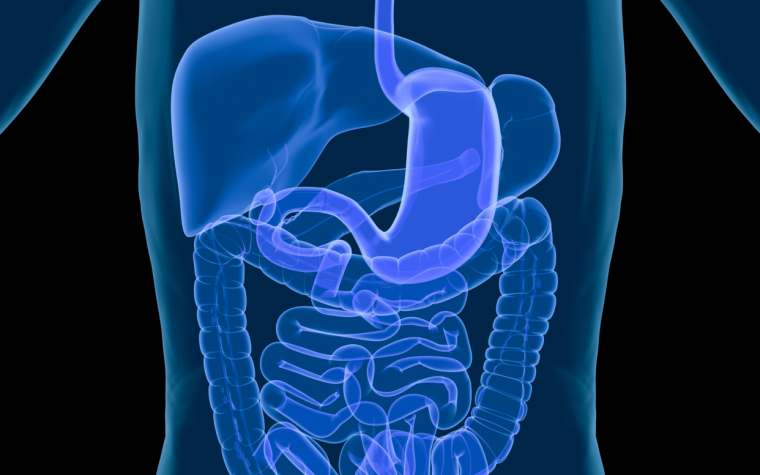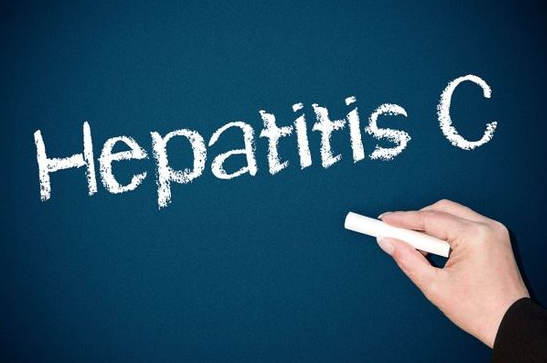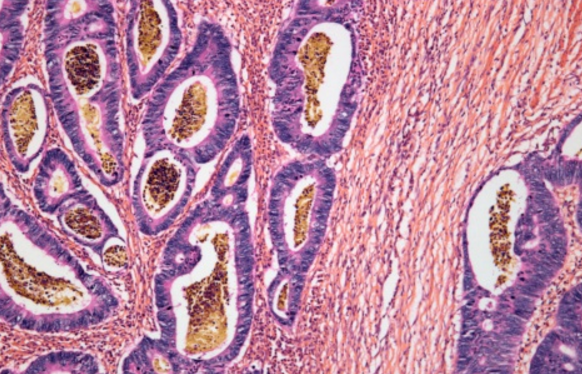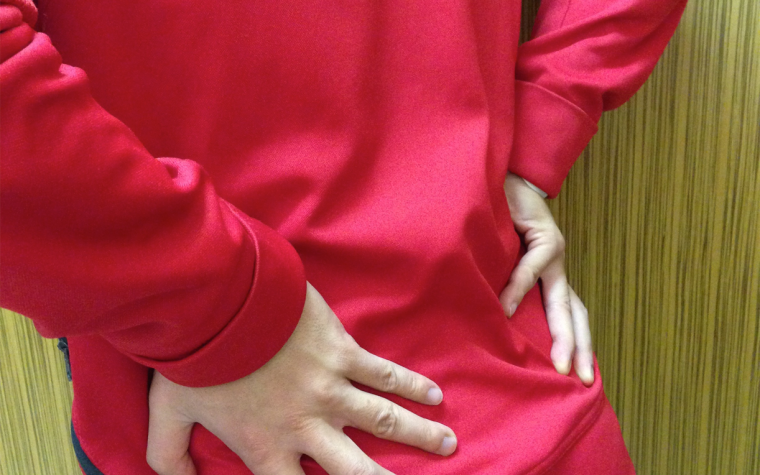Gallstones are most commonly found in the gallbladder. Due to the close proximity of the gallbladder to the tummy wall, gallbladder stones are easily detectable by simple ultrasound over the tummy (transabdominal ultrasound), and of course CT and MRI scans. When the stones are just sitting there, not causing any pain, inflammation or infection, we can just leave it. Unfortunately, stones sometimes sneak into the bile ducts causing pain and infections, i.e. cholangitis; and the adjacent pancreas can be affected as well resulting in pancreatitis.
Initial symptoms are just tummy pain and fever, overlapping with numerous other illnesses. As it progresses, jaundice (yellowish eyes) may develop as result of blockage of bile flowing through the bile ducts. Blood work may shows elevation in liver enzymes, bilirubin levels, amylase, and inflammation markers and so on. However, it may be difficult to differentiate biliary stone diseases from malignant biliary tract, liver and pancreas diseases. Imaging is of ultra importance to make a firm diagnosis. Unlike the gallbladder, the bile ducts are hidden deeper in the tummy and transabdominal ultrasound has limitations on ruling out the presence of biliary stones.
Endoscopic retrograde cholangiopancreatogram (ERCP) used to be the most important investigative and therapeutic tool for biliary and pancreatic diseases for decades. It involves putting a tube through the mouth into the small bowel, and from there instruments are introduced into the bile ducts. However, diagnostic ERCP is currently virtually non-existent in developed regions of the world as other safer investigative modalities are available, namely magnetic resonance cholangiopancreatogram (MRCP) and endoscopic ultrasound (EUS). Complications arising from diagnostic ERCP (e.g. perforation of the bowel wall, pancreatitis) certainly would lead to medico-legal issues. Nowadays, after the diagnosis of biliary stone disease has been made by MRCP or EUS, ERCP will then be performed to clear out the stones.
Blog: dr-ernest.net
Image Original Source: WebMD.com

